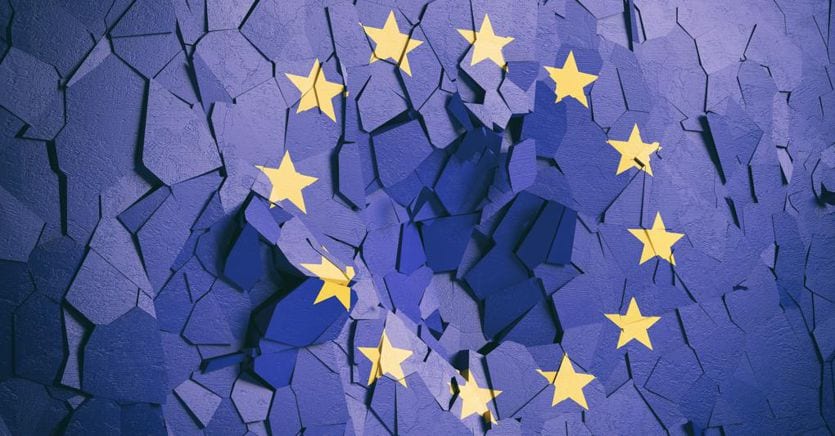The Twenty-Seven yesterday gave a mandate to the European Commission to present in July a broad package of legislative proposals with which to achieve the new climate goal of the European Union: a 55% reduction in harmful emissions by 2030 (compared to 1990 levels). The discussion between the heads of state and government has, however, highlighted persistent differences between member countries on the contributions of each country in achieving a target that is collective.
There are three main chapters of the legislative package expected in mid-July and consisting of 12 texts: a reform of the emissions trading market (known by the English acronym ETS); rules that regulate the efforts of each country according to its national wealth; and a reform of energy taxation (see Il Sole 24 Ore di Domenica). “The aim of the discussion was to allow governments to present their needs,” a European diplomat recalled yesterday.
Loading…
“The European Council invites the Commission to rapidly present its legislative package together with an in-depth examination of the environmental, economic and social impact at Member State level”, reads the conclusions of the European summit which took place between Monday and yesterday in Brussels. An entire paragraph of the draft negotiated at the diplomatic level and dedicated to national efforts has disappeared in the final version, confirming the controversial topic among the Twenty-seven.
In this sense, the choice of introducing in the conclusions of the summit the request to carry out impact studies for each Member State is significant. The Twenty-seven have not reached an agreement on the methodology to be applied to calculate the national target. The calculation should be based on gross domestic product per capita, but countries have special needs. The Italian government itself would like the data not to be those of 2013, penalizing after the recent collapse in GDP.
By way of example, the current climate target at EU level provides for a decrease in harmful emissions by 40% by 2030. Well, this target is declined on a national level in very different ways from country to country, depending on the national wealth of the country. single Member State: Bulgaria must keep emissions stable at 2005 levels; while Poland must reduce them by 7%, Germany by 38% and Sweden by even 40%.
